In the past several months, Generative Artificial Intelligence (AI) has taken the world by storm. Consumers and businesses alike are inundated with reports about the transformative power of AI with tools like OpenAi’s ChatGPT and Google Bard. In the consumer space, it has revolutionized fields like art, music, and writing. In the business world, AI is quickly gaining ground as a means to increase productivity, reduce costs, and open up new opportunities for growth. One area where AI seems particularly useful for businesses is in the field of software development. As a result, it has created the concern that Generative AI – with tools like Duet AI for Google Cloud and GitHub CoPilot – may replace the need for experienced programmers entirely. But is this a valid concern?
Recently, a respected LinkedIn user posted the following:

Humorous, no doubt. But this simple statement hits the nail on the head.
At Vanenburg, we have a long track record of developing enterprise software applications. We learned firsthand that enterprise applications tend to be large and complex. At the user-interface level, they require consistent behavior across business functions, with specific features to maximize usability. At the functional level, they power business processes that are both varied and unique. On top of that, enterprise applications often require integrations with a multitude of internal applications and external processes. The only feasible way to tackle the entire development scope of an enterprise application with Generative AI would be to break down the functional requirements into many smaller components, which inevitably leads to mismatches and inconsistencies in the generated output.
So, is there a better way to utilize the power of Generative AI for software development? At Vanenburg, we believe so. In our experience, Generative AI can be a powerful tool to augment enterprise application development in a structured and controlled manner, enhancing developer productivity instead of threatening to make developers obsolete.
Enterprise application development requires careful and detailed requirements gathering and precise definitions of user personas, roles, data models and access boundaries, user interfaces, workflows, and integrations. In addition, end users benefit from consistent user interface designs that look and behave the same across all functional aspects of a solution. At Vanenburg, we have learned from experience that ‘accelerated application development’ is far more effective for enterprise applications, versus the try-and-retry or generate-and-modify approach of Generative AI.
Given that experience, Vanenburg has taken the step to productize this accelerated development approach with its Rappit Developer product. With Rappit Developer, tech-savvy business consultants document business application requirements in detail. They have the experience to prompt the customer for an accurate definition of the desired application functionality and behavior.
Rappit Developer subsequently takes that input to generate an entire business application with inherent consistency in look & feel, and the exact specified behavior and functional depth. Together with the customer, the consultant may go through a few more iterations to refine the model and regenerate the application. This process results in a business application that could be anywhere from 40-80% complete, depending on the amount of deep functional coding still required. Experienced developers subsequently utilize their skills to add code for complex business functions, application behaviors, and integrations.
This is where Generative AI can truly add value. Experienced programmers are the best judges to determine what sections of functionality should be carefully designed and programmed ‘by hand’, versus capitalizing on the benefits of speedy code generation by AI engines such as GitHub CoPilot. Instead of fearing replacement by AI, they will know how to use Generative AI to their advantage by striking the right balance between productivity and the power of human intellect.
At Vanenburg, instead of fearing Generative AI, we wholeheartedly embrace it.



